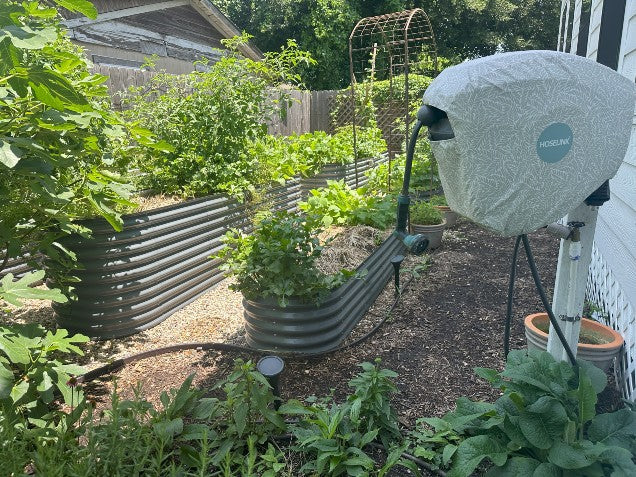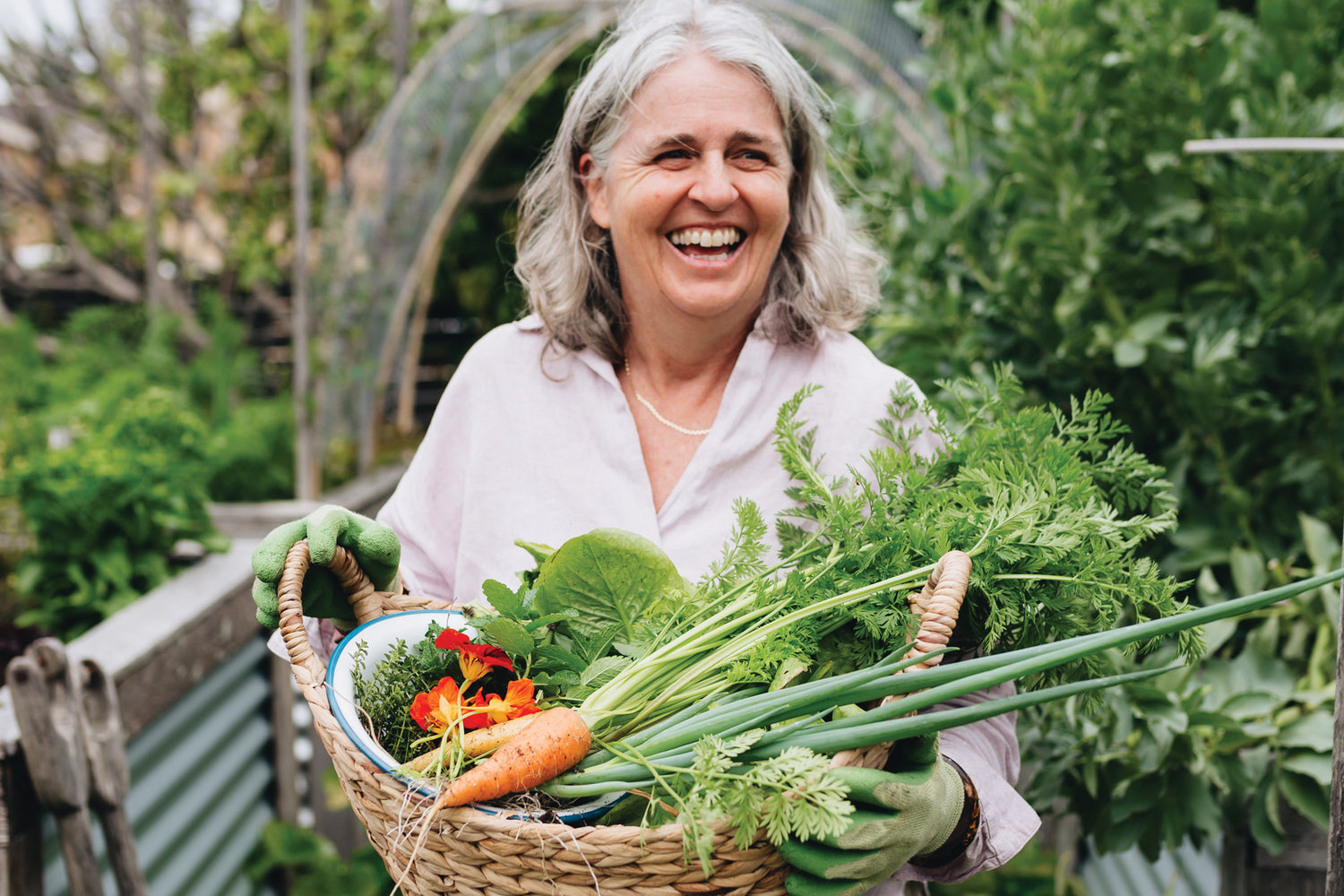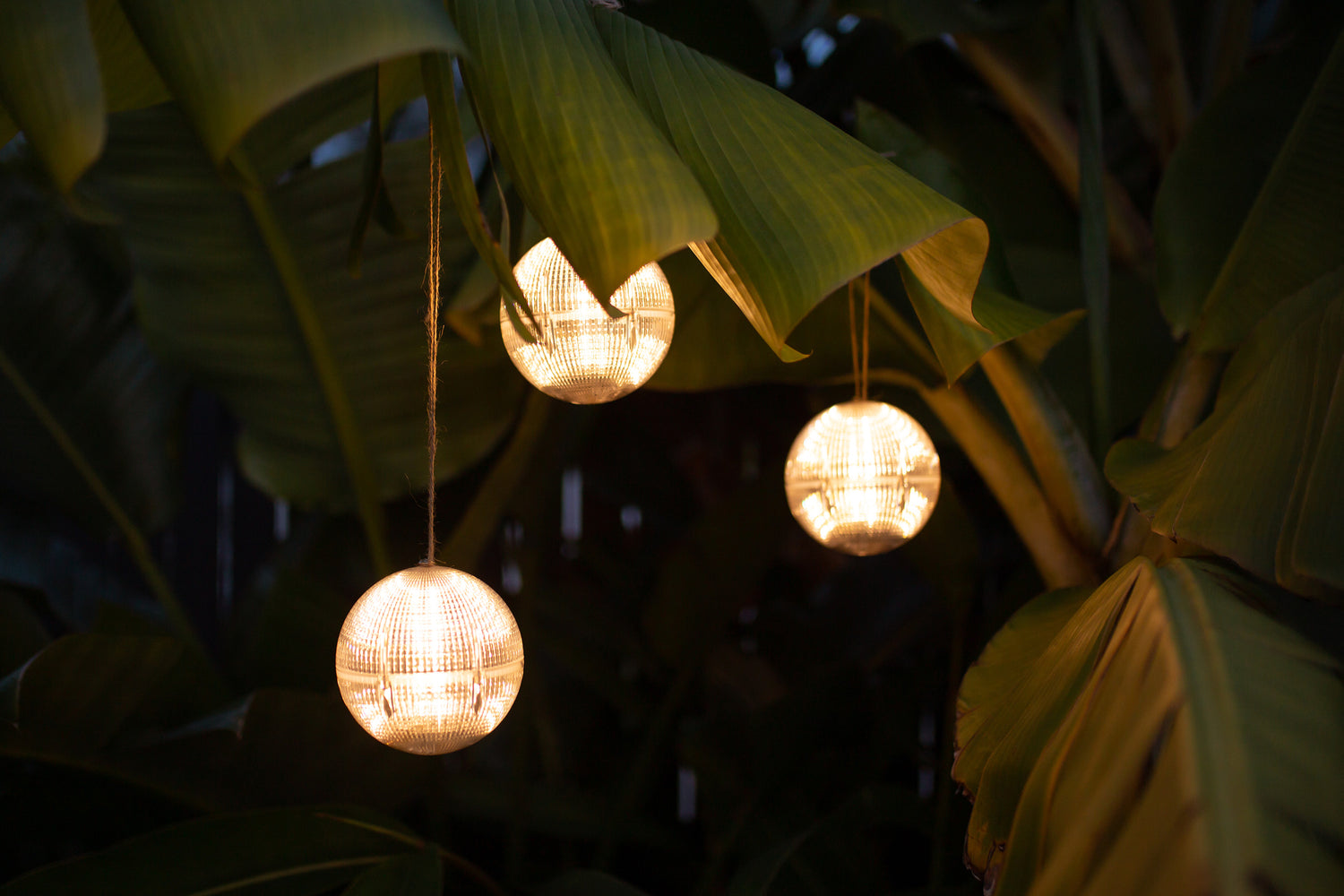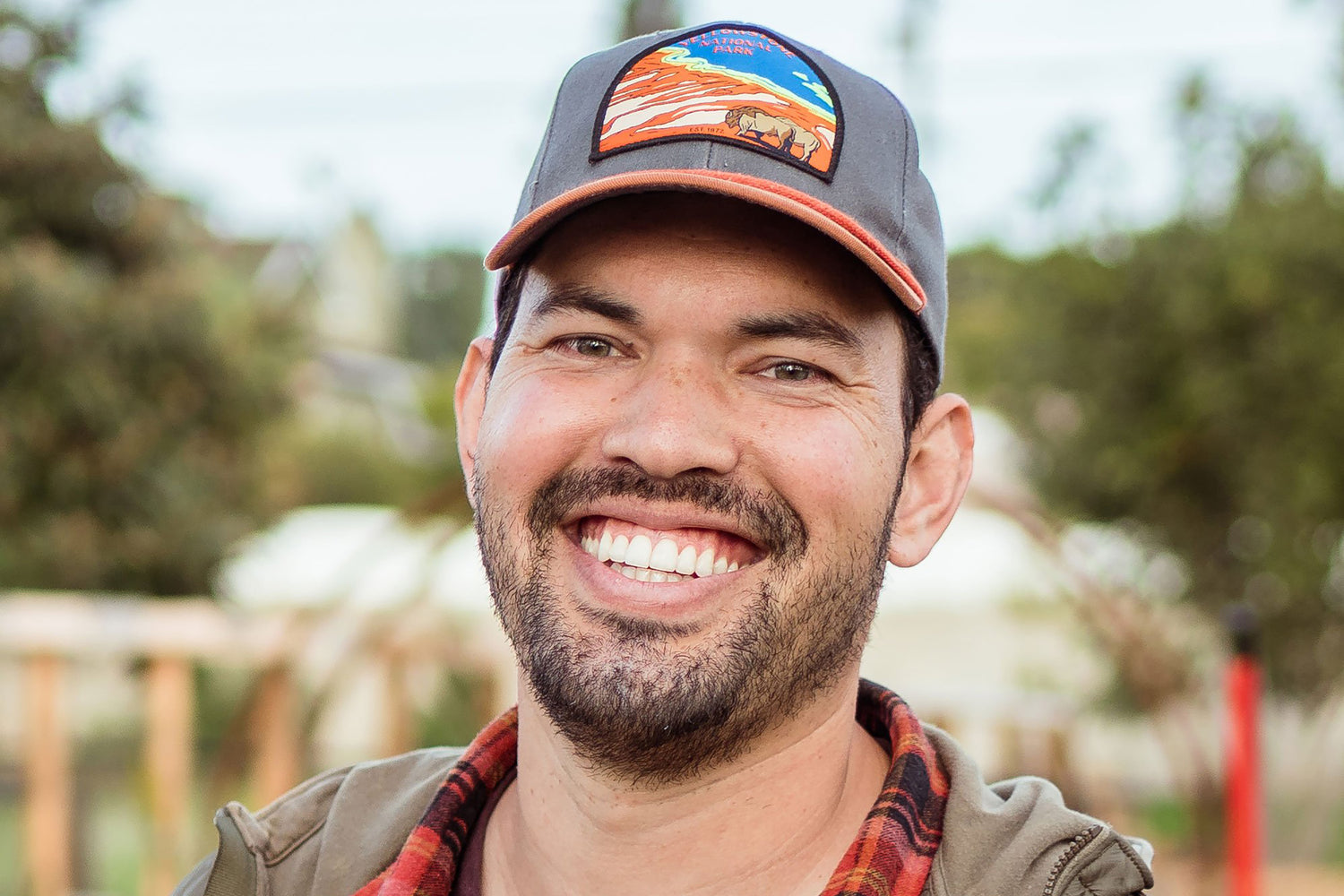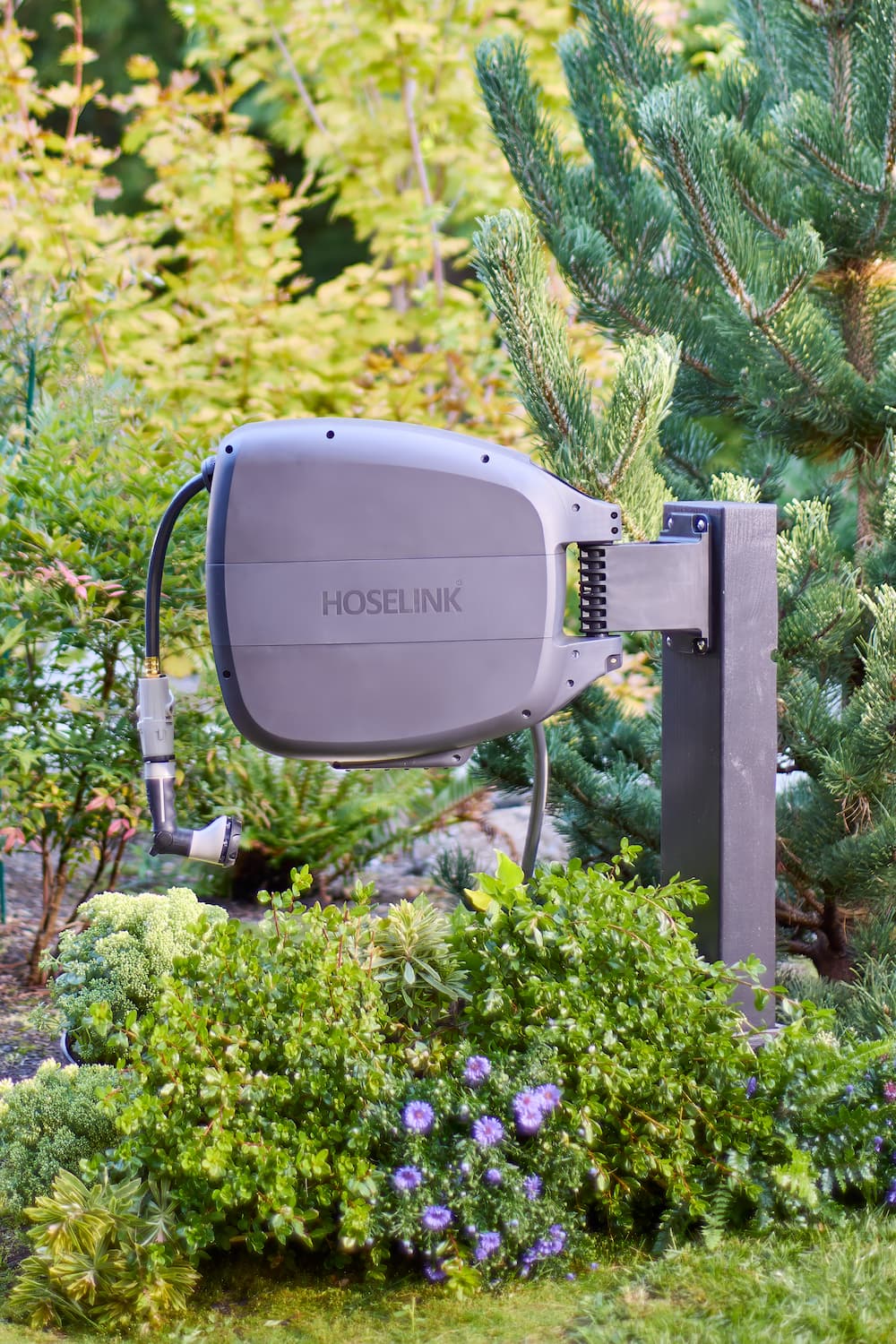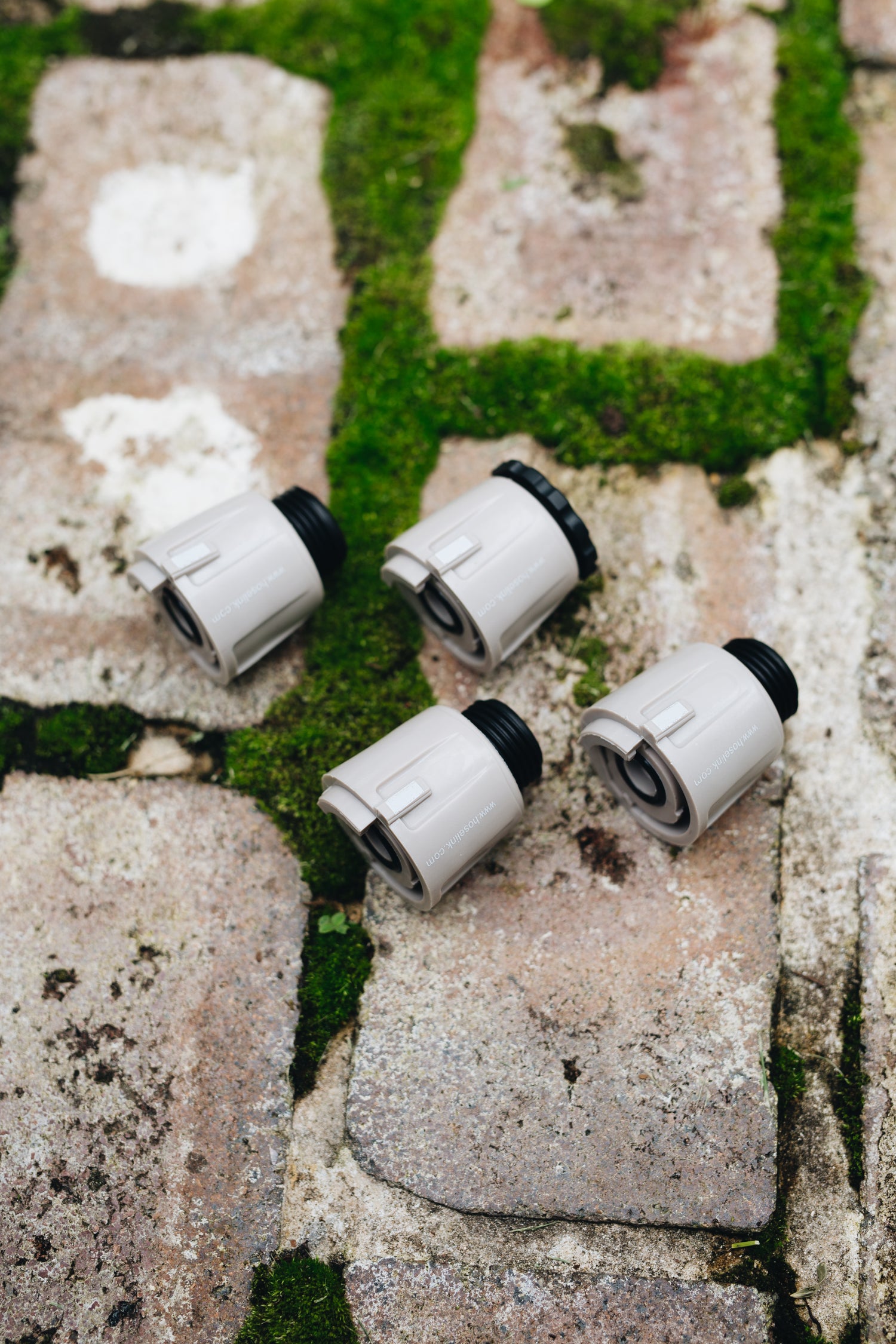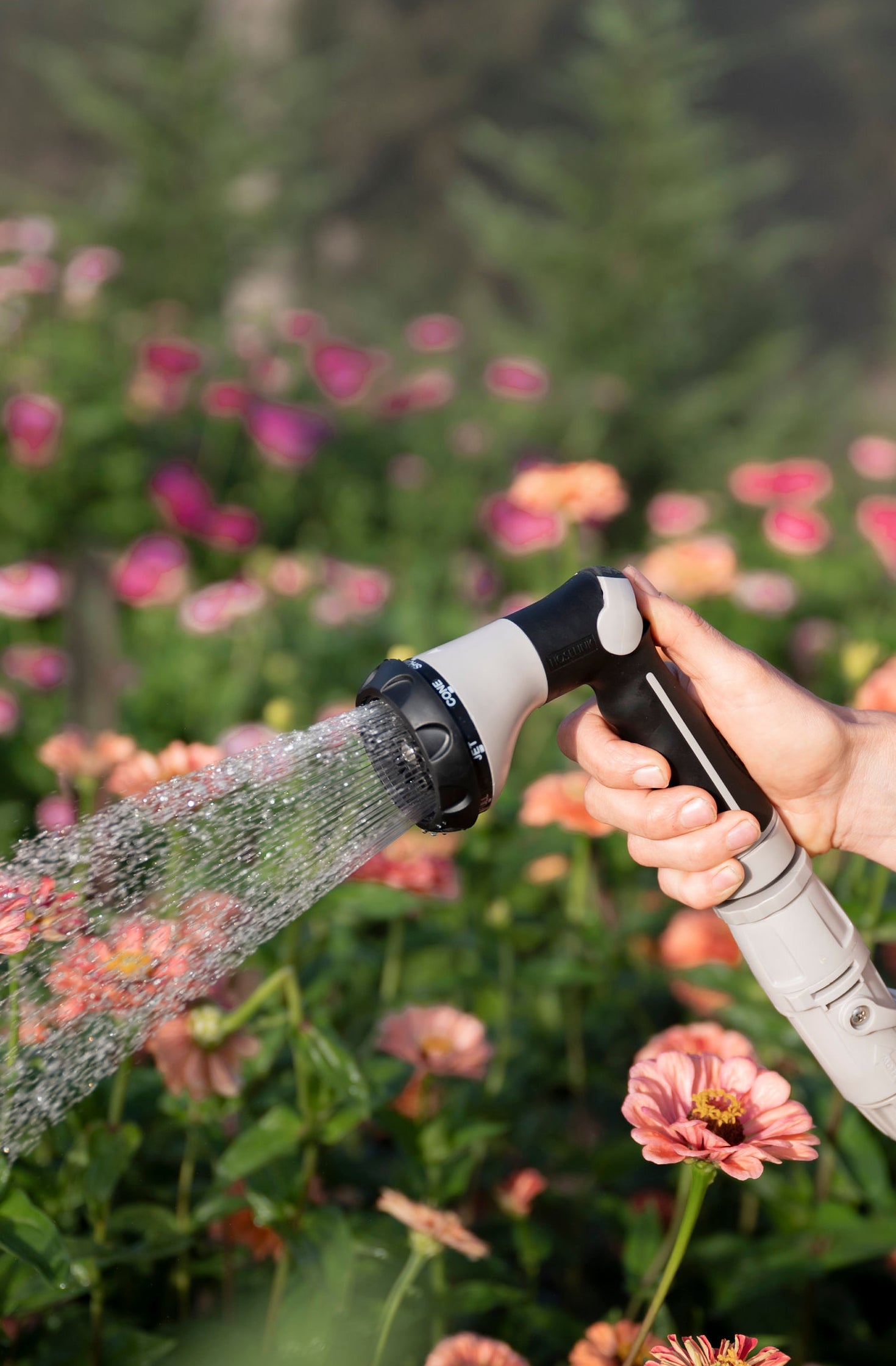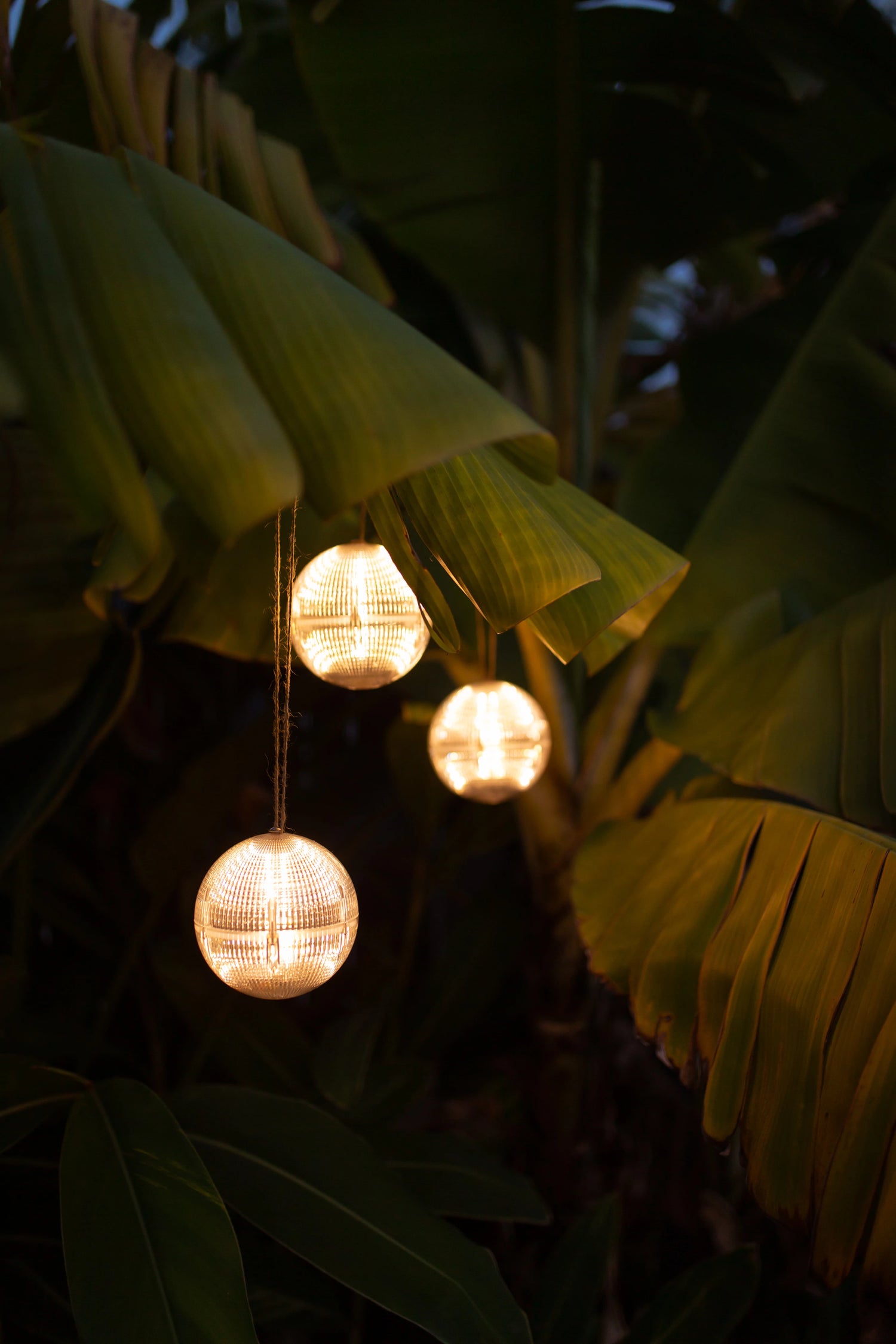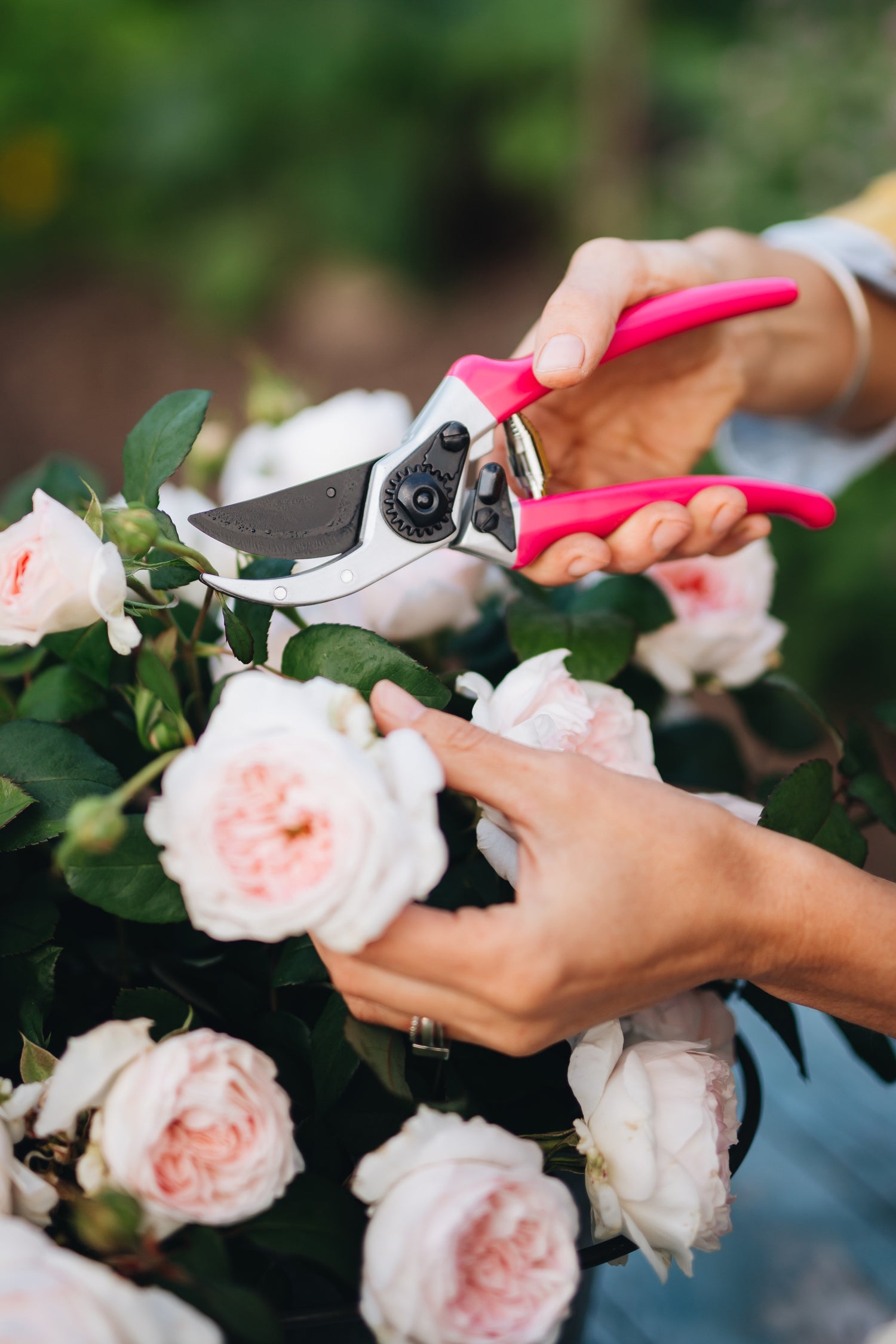Welcome to the marvelous month of May — the garden’s version of prime time. No matter your zone, the soil is warm, the bees are buzzing, and if you blink, your tomato plant will have grown three inches. Summer’s practically knocking on the back gate, and if you’re not out in the garden every day, trust me — your plants will remind you.
The sunflowers are unfurling their bright, cheerful petals, native perennials are bursting into bloom, and pollinators are working overtime like they’ve got quotas to meet. If you’ve been nurturing your spring garden, you should be seeing the fruits of your labor — quite literally. And if your garden’s off to a slow start? Don’t panic; just pick up the pace. May waits for no one.
The Zone 9 Reality Check
Here in Zone 9, May doesn’t just mean more daylight; it means heat. As in: “Let’s crank this up to high and see who can still keep their plants alive.” Average lows in the 70s and highs brushing the upper 90s mean we’re entering the make-it-or-break-it stretch for summer gardening. If you haven’t planted yet, you’re running out of runway. The later you start, the fewer options you have. Sorry, but that’s the truth.
That’s why I’m moving with purpose this month—planting early and often. My current garden game plan looks a bit like this…
My May Planting List
🥒 Summer Squash
I’m adding more yellow crookneck squash to the garden, hoping (once again) to dodge the dreaded squash vine borer. It’s like gardening’s version of Russian roulette. If I’m lucky, I’ll harvest squash and zucchini by the third week of May and ride that wave straight through to Independence Day. Call me an optimist, or just stubborn.
🌿 Basil
This year, it’s all about Genovese basil. I’m planting a lot—enough to freeze batches of pesto to enjoy long after the summer sun sets. With the soil already warm, I’m direct-seeding it right into the beds. No indoor seed-starting is needed now—just keep the top layer of soil consistently moist until germination. And once those temperatures rise, be ready to water like it’s a full-time job.
🥒 Cucumbers (Again…)
Okay, last month I planted cucumbers in seven spots, but only two sections are growing. Naturally, I’ve gone back and replanted cucumbers in the exact same places. Some might call that insanity; I call it faith in the soil. (But yeah, let’s circle back in June and see how that went.)
🌱 Pigeon Peas
This year, I’m bringing back a classic: pigeon peas. I haven’t grown them in a few seasons, but they’re heat-tolerant and suited for our Texas summers. Just be sure to check your variety — some of these can reach six feet tall and turn your garden bed into a mini forest.
What’s Harvesting Now
From the early spring plantings, things are finally getting good:
- Tomatoes are ripening to red or gold.
- Bush beans that were planted in March and April are already filling harvest baskets.
- Potatoes—both in-ground and container-grown—are ready to be harvested. I’m literally heading out after this to dig them up, and yes, I’m geeked about it.
- Tomatillos were slow to start, but after the late-April rain, they have perked up. If all goes well, they will start producing by month’s end.
Blackberry Breakthrough
This is shaping up to be the first year I achieve a real blackberry harvest. Last season? Just a handful here and there. This year? I’m on track for over 5 pounds — and yes, I know that’s nothing to brag about if you’ve got a mature patch. But let me have my moment. This is urban gardening, and every berry counts!

Lessons from the Fruit Trees
Fruit trees have taught me more than any other plants in the garden, particularly how much location matters. The peaches planted on the south side of the house are thriving, while the ones on the north? Meh. I’ve also got a plum and nectarine that finally decided to show up this year. But the apples? Tragic. Every single one dropped its fruit early.
This summer, I’m doing something new: summer pruning. Last year, I waited until winter and ended up cutting off a bunch of branches that would’ve fruited. Rookie move. By pruning this summer, I’ll shape the tree and preserve fruiting wood for next season. It’s all about timing and patience.
Also, I need that Golden Dorsett apple tree to thrive. It’s the main pollinator for my other two apples, and right now it’s moving slowly out here.
Muscadine Madness
Let me tell you about muscadines. The pergola I built in the backyard is now completely blanketed in vines. Bunches of grapes are forming everywhere. It’s like a vineyard back there. Moral of the story? Plant native when you can. They know how to thrive in your zone without all the drama.

Fig Trees & Citrus Surprises
The fig trees are loving life this year — bushy, full, and ready to burst. I even spotted a baby lemon on my Meyer tree, which made my whole day. There’s something profoundly rewarding about fruit trees. You invest the time, the care, the endless second-guessing — and then, one day, it just clicks. They flourish. And you remember why you planted them in the first place.
It has taken a few years, but everything in my fruit section is finally starting to pay off. Figs, grapes, lemons, and berries are all beginning to produce abundantly. If you’re in that awkward “why isn’t this tree doing anything yet” stage, don’t give up. Growth takes time. But when it comes, it is worth the wait.
Pepper Progress Report
Remember when I planted peppers last month? Well, I topped some of them and left others alone. The topped ones are definitely bushier — we’ll see if that translates to more fruit. Either way, I’m expecting solid harvests of Scotch bonnets, serranos, and jalapeños in the next few months. Bring on the heat.

Final Thoughts
If I could bottle up the joy that gardening brings me — the anticipation, the pride, the peace — I’d sell it and retire early. But since that’s not possible, I’ll do the next best thing: go outside every day and experience it all over again.
Even if you simply stand in your garden and breathe for five minutes, that counts. That’s presence. That’s peace. That’s the magic of gardening.
When you’re ready for more gardening inspiration, tutorials, and laughter, check out the Big City Gardener YouTube channel.

